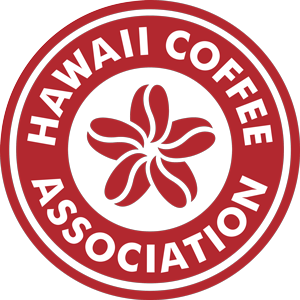HAWAII COFFEE HISTORY
As of 2007, more than 8,200 acres (3320 hectares) of Hawaii land were planted with coffee. Statewide, coffee ranks fourth in the amount of land devoted to a single crop and fifth in value of production. More farms grow coffee than any other crop in the state.
Coffee didn’t arrive in Hawaii until Don Francisco de Paula Marin brought it in 1817. Unfortunately, his plantings didn’t succeed. However, in 1825, Chief Boki, the governor of Oahu, brought plants from Brazil and successfully planted them in Manoa Valley. From the governor’s plantings, attempts were made to grow coffee in several regions on different islands. The missionary Samuel Ruggles introduced what was likely a Bourbon variety, called Kanaka Kopi, to the Big Island in 1828. Eight years later, the first commercial operation was planted in Koloa, Kauai. Shortly thereafter, more than 1,000 acres (405 hectares) of coffee were planted in Hanalei. Of all these early commercial attempts, the only region that has remained in continual production to the present day is Kona on the Big Island.
In 1892, Herman Weidemann, a sugar grower, introduced the Typica variety from Guatemala. It performed so much better than the variety Ruggles introduced that a few growers in Kona planted it and called it “Guatemalan”. The name was locally changed to Kona Typica in the 1990s to avoid confusing consumers.
In the 1980s, when sugarcane ceased being profitable, many of the cane fields were planted with coffee. Thus began the renewal of coffee farming across the entire state. Since then, coffee has moved into 11 major regions on five different islands. In addition to these 11 regions, small farms can also be found state wide. Don’t discount these farms; their isolation and lack of specific mention here doesn’t make them any less worthwhile or important to the industry.

